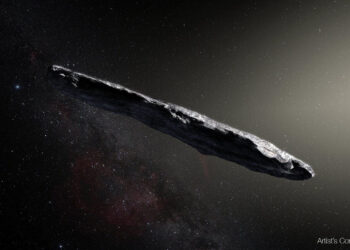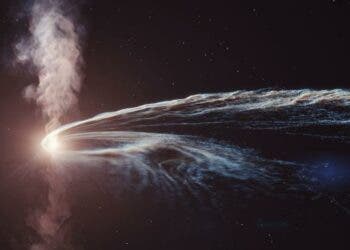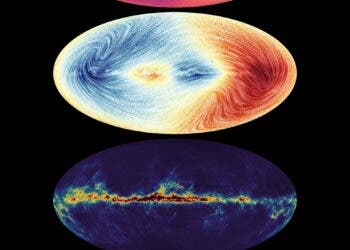A large number of biomarker molecules have been found around a young star in the Rho Opiuchi region of space. The find sadly casts doubt to the substance’s value as a biomarker, but does further our understanding of star-birth.
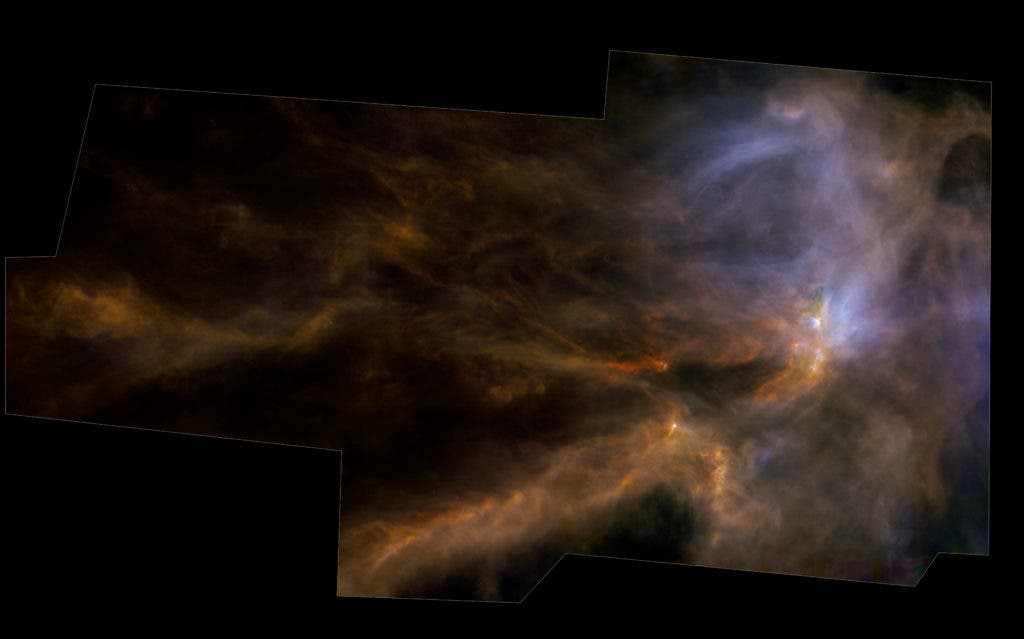
Image credits ESA.
The European Space Agency (ESA) has some good and bad news to share with all of us today. The good news is that they’ve found a biomarker molecule — a byproduct of biological activity — in abundance in a comet and around a young, alien binary star. Pack those hooray’s back in, though, because there’s a catch. Instead of indicating the presence of extraterrestrial life, this discovery instead casts doubt on this substance’s merits as a biomarker, signaling that it’s probably not as clear-cut a sign of life as we once thought it was.
CH3Cl giveth, CH3Cl taketh away
Using a telescope to spot aliens — whether they be microscopic or human-sized — throughout the vast stretches of nothingness that is outer space is obviously not very doable. Instead, scientists have to rely on indirect methods of assessing a planet’s likelihood of harboring life. One of these methods involves checking for certain chemical compounds that are by-products of organic processes. We call them biomarkers, and any way you can detect them, from soil or water samples taken by rovers to atmospheric analysis by telescopes or spacecraft, is fair game: if you find a biomarker, the theory goes, life can’t be far away.
One of these biomarkers, in fact the most common one here on good old Earth, is methyl chloride (CH3Cl). It belongs to a class of chemical compounds known as organohalogens (organic compounds that also carry at least one atom in the halogen family — fluorine, chlorine, bromine, or iodine — and is also known by the name of chloromethane. For all intents and purposes, it’s exactly like methane (the stuff farts are made of), only one of the molecule’s hydrogen atoms gets swapped for a chlorine one. Since it’s mostly produced through biological processes, we use it as a biomarker.
Recently, however, the ALMA (Atacama Large Millimeter/Submillimeter Array) telescope in Chile found methyl chloride around IRAS 16293-2422, a binary star system some 400 light-years away from Earth, in the Rho Ophiuchi star-forming region. This marks the first time any organohalogen has been picked up in space. Sadly, this isn’t the beginning of an interstellar friendship — rather, the discovery erodes methyl chloride’s reliability as a biomarker.
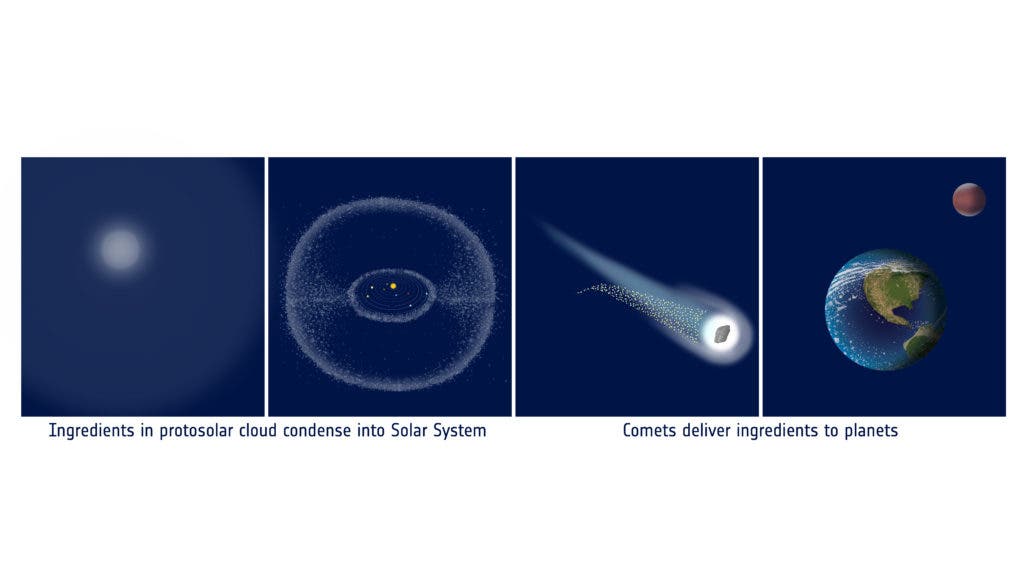
Image credits ESA.
Its presence around such a young star couple suggests that this substance may also be released during the planetary formation phase of a star system. To get a better idea of how it came about, the team turned to comets, bodies which can be used as ‘time capsules’ from the birth of stars, as they preserve the original chemical composition of the clouds of dust and gas solar systems are made of.
Their comet of choice was Comet 67P/Churyumov–Gerasimenko, handily visited by ESA’s Rosetta mission between 2014 and 2016. Sifting through the data collected during the mission, the team found it also contained an abundance of methyl chloride, further strengthening the theory that it represents a by-product of the planetary formation phase instead of the presence of life. The peak for methyl chloride was recorded in May 2015, when Churyumov–Gerasimenko was approaching the Sun.
“We found it but it is very elusive, one of the ‘chameleons’ of our molecule zoo, only present during short times when we observed a lot of chlorine,” says Kathrin Altwegg, principal investigator of the project.
So no alien life right now — bummer. But that doesn’t mean the search is off — actually, we now have an even better idea of what to look for. This may just be the lucky break we needed.

